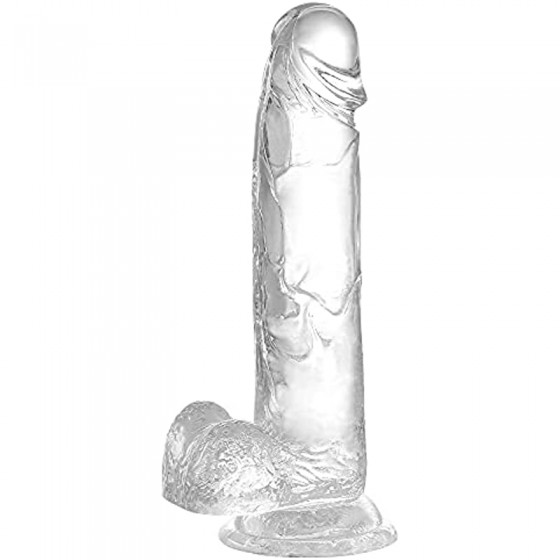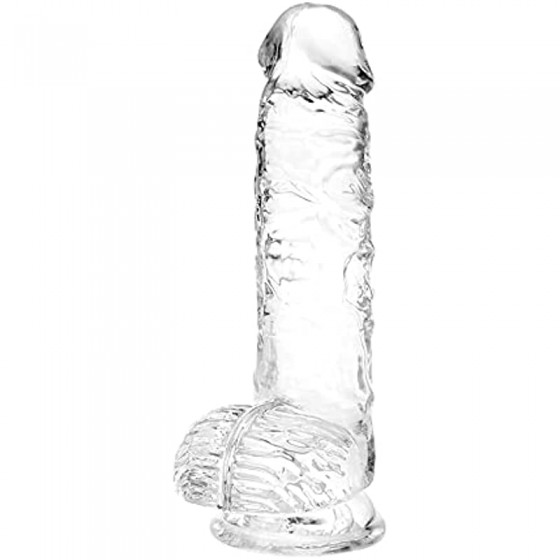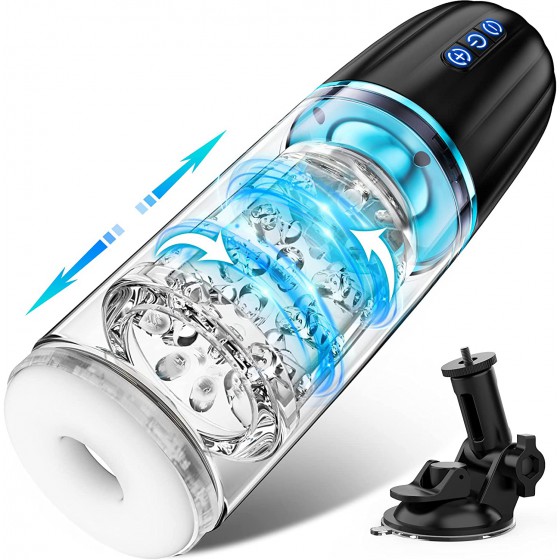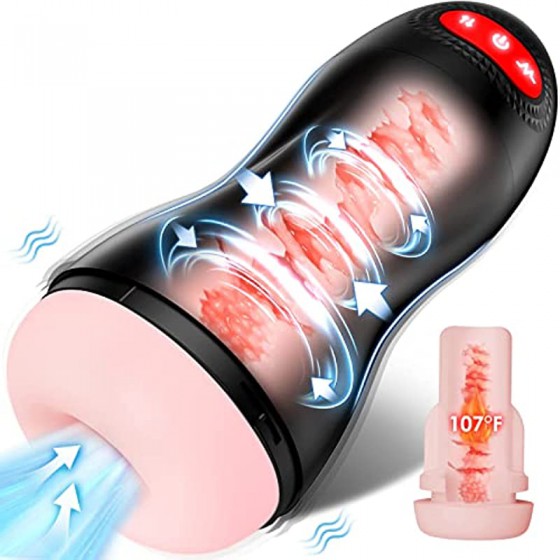function of foreskin
The human male foreskin has many functions, including prevention, sensation, and sexual function.
Preventative function
Just as the eyelids protect the eyes, the foreskin protects the head of the penis, keeping it soft, moist and sensitive. At the same time, it can also maintain a certain temperature of the penis head, adjust the pH balance and have a cleaning effect. The glans penis itself does not contain sebaceous glands; it relies on sebum secreted by the foreskin to lubricate and maintain health.
Immune protection
The openings of all body organs are the first line of defense for the body's immune defense. Glands in the foreskin secrete antibacterial and viral proteins such as lysozyme, an enzyme also found in tears and mother's milk. Specialized epithelial cells, such as Langerhans cells, components of the immune system, are abundant on the outer surface of the foreskin. Plasma cells in the foreskin mucosa secrete immunoglobulins, which are antibodies that prevent infection.
We have known for many years that Langerhans cells and dendritic cells play an important role in the immune system of the skin and mucous membranes. In recent years, studies have discovered that the mucosal immune system is used to prevent urinary tract infections by introducing antigens, that is, through sensitization of the vaginal mucosa. The immunocompetent foreskin-mucosal system could also theoretically serve as a route to deliver mucosal vaccines.
We already know that Langerhans cells can secrete cytokines. Recently, it was discovered that squamous epithelial cells can secrete cytokines and interleukins to stimulate T cell immune responses without Langerhans cells. Cytokines released by foreskin mucosa and skin have not yet been studied in detail. Foreign scholar Weiss did not find Langerhans cells on the mucosal surface of the fetal foreskin, but they can be easily identified in the adult foreskin mucosal epithelium. Langerhans cells are not found on the mucosal surface of the foreskin of newborns, possibly due to fusion of the foreskin mucosa with the glandular mucosa in the sterile intrauterine cavity environment. Until it gradually grows, the foreskin can be retracted, and the mucosa is in contact with the antigen, the presence of Langerhans cells can be determined.
The role of the diversity of the subforeskin flora has not been further studied, and the immune function of the foreskin has only been studied in infants. There are reports that circumcision removes Langerhans cells from the foreskin, presumably reducing the risk of HIV infection. However, this theory has shortcomings. Even if the foreskin is removed, there will still be residual mucosa of the glans penis, and Langerhans cells will still exist in the epidermis of the penis. In the United States, the prevalence of circumcision has not prevented the spread of sexually transmitted diseases, including HIV. Langerhans cells should therefore be understood as normal mucosal immune cells rather than as a disease entity requiring removal.
The erogenous zone
The foreskin is as sensitive as the fingertips and lips. It contains an extremely rich variety of specific neuroreceptors with a higher density than any other part of the penis. These specialized nerve endings are able to discern motion, subtle temperature changes, and layers of tissue structure.
The relationship between foreskin and sexual function
When the penis is erect, the double-layered foreskin can provide the necessary space for the expanding penis and allow the penile skin to move freely, smoothly and happily around the penis. Slide on the surface and glans penis. The foreskin can slide freely back and forth along the entire length of the penis from the glans to the base, which increases the full stimulation of the foreskin, frenulum, and glans penis, and is conducive to stimulating orgasm. During sexual intercourse, the foreskin facilitates the back and forth movement of the genital mucous membranes of both men and women. The foreskin can move within the vagina without friction within a self-lubricating, mobile skin sheath. Women can be aroused by movement pressure rather than friction. When a man is circumcised, he loses all of this.
European scientists recently discovered that estrogen receptors exist in the basal epidermal cells of the foreskin. Other researchers have discovered that the human foreskin has apocrine glands. These specific glands can secrete pheromones, a natural messenger substance. Further research is needed to determine the significance and role of these findings.
This article comes from adult.6kmall.com and is published by netizens. This site only quotes it for reference. It does not mean that this site agrees with the views of the article. If you believe that the content and intellectual property rights of this article infringe upon your interests, please contact us.













